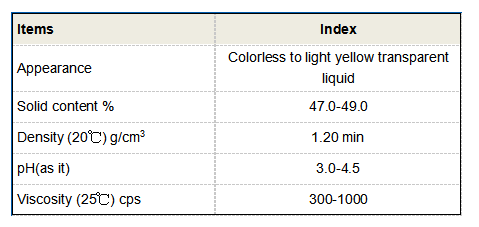Understanding Coagulation and Flocculation Processes in Water Treatment Applications
Coagulation and Flocculation Essential Processes in Water Treatment
Water is a vital resource for life, and ensuring its cleanliness and safety is of paramount importance. Among various water treatment methods, coagulation and flocculation stand out as crucial processes, effectively removing impurities and ensuring safe drinking water. This article delves into the mechanics of coagulation and flocculation, their applications, and the benefits they provide.
Understanding Coagulation and Flocculation
Coagulation and flocculation are interconnected processes used primarily to treat wastewater and drinking water. Coagulation, the first step, involves the addition of chemical coagulants to the water. These coagulants are substances, typically salts of aluminum or iron, that neutralize the negative charges of suspended particles and colloids in water. These particles, when charged, tend to repel each other, remaining dispersed. Once the charges are neutralized, the particles can come together, forming larger aggregates called flocs.
Flocculation follows coagulation and involves the gentle mixing of water to promote the agglomeration of these newly formed flocs. During flocculation, small and initially unstable aggregates grow larger as they collide and stick together. The resulting flocs can be easily separated from water through sedimentation or filtration.
Mechanism of Action
The effectiveness of coagulation and flocculation depends on several factors, including the type and dosage of coagulant used, the water temperature, pH levels, and the presence of specific impurities. The entire process usually begins with rapid mixing, allowing coagulants to disperse evenly throughout the water. Following this, a slower mixing, or flocculation phase, allows the formation and growth of flocs.
Coagulation could involve various coagulants, such as aluminum sulfate (alum), ferric chloride, or polyaluminum chloride. Each coagulant has its specific application and effectiveness depending on the type of contaminants present. For instance, ferric chloride is especially effective in treating water with high organic material concentration due to its ability to form stable flocs.
Applications
coagulation and flocculation

Coagulation and flocculation are widely utilized in municipal water treatment plants, industrial wastewater treatment facilities, and even in natural water bodies before recreational use. In municipal water treatment, these processes are essential for removing suspended solids, bacteria, viruses, and other pathogens, thereby ensuring the production of clean drinking water.
In industrial applications, such as paper and pulp production, mining, and food processing, coagulation and flocculation help to treat wastewater before it is released back into the environment. This not only protects water quality but also complies with regulatory standards set to limit pollution.
Benefits of Coagulation and Flocculation
The advantages of coagulation and flocculation are numerous. First and foremost, these processes significantly enhance water quality by effectively removing turbidity, contaminants, and harmful microorganisms. This results in cleaner water that meets health and safety standards.
Secondly, the processes are cost-effective compared to advanced treatment methods like membrane filtration or reverse osmosis. Coagulants are relatively inexpensive, and the processes can be easily integrated into existing water treatment systems.
Moreover, coagulation and flocculation produce less sludge compared to other treatment processes, facilitating easier handling and disposal. The flocs formed are larger and more stable, making them easier to settle, thus improving the efficiency of subsequent sedimentation processes.
Conclusion
Coagulation and flocculation play vital roles in ensuring the safety and quality of our water sources. By removing impurities and pathogens, these processes are essential for producing potable water and protecting public health. As the demand for clean water continues to rise due to global population growth and industrialization, understanding and improving coagulation and flocculation methods will become increasingly important. Innovations in coagulant types, application methods, and process optimization will contribute to more efficient and effective water treatment systems, ensuring that clean water remains accessible for all.
-
Pbtc Scale InhibitorPBTC: A Scale Protector for Industrial Water TreatmentNewsAug.05,2025
-
Organic Phosphonate: An Efficient Defender in the Field of Scale InhibitionNewsAug.05,2025
-
Hydrolyzed Polymaleic Anhydride: Green Pioneer in Scale Inhibition FieldNewsAug.05,2025
-
PAPEMP Polyamino Polyether Methylene Phosphonic Acid For SaleNewsAug.05,2025
-
Flocculant Water Treatment: A Pioneer in Purification in the Field of Water TreatmentNewsAug.05,2025
-
Benzyl Isothiazolinone: An Efficient and Broad-Spectrum Antibacterial Protective GuardNewsAug.05,2025





